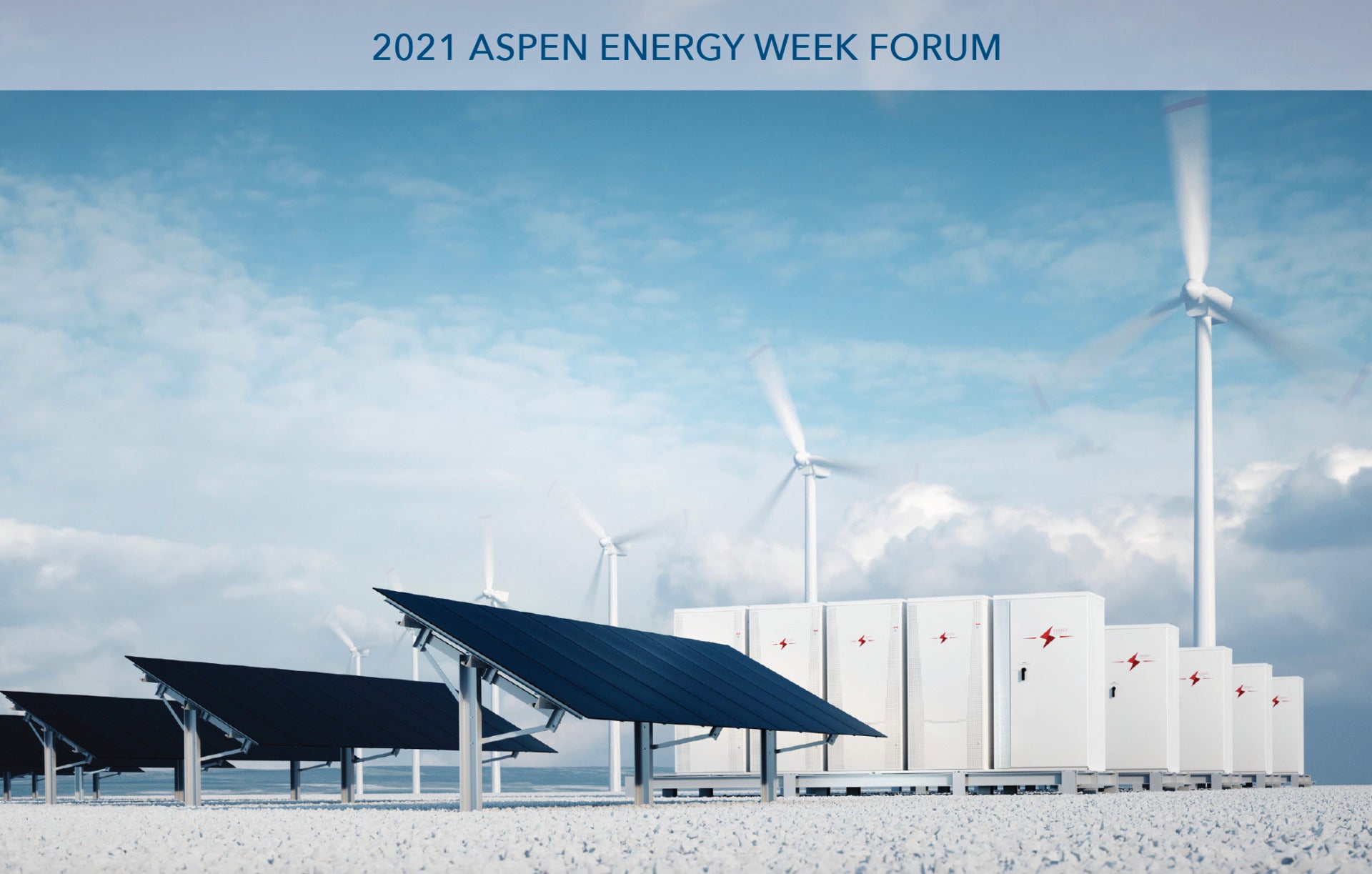The power sector must be front and center in efforts to decarbonize the economy. In the United States, the sector has reduced emissions significantly over the last 15 years or so, due to a combination of relatively flat load growth, coal-to-gas switching, and increases in wind and solar deployment. Renewable energy is now in the “awkward adolescent” stage – big enough to know it will be a central part of the integrated grid, but not there yet. Renewables play a key role in several studies and models presenting potential paths to achieve a power system that is reliable, affordable, and fully or substantially decarbonized. However, under policies currently on the books, power sector emissions could also flatline over the next 30 years, given high load growth (as other sectors electrify), fewer uneconomic coal plants that can be retired, additional nuclear power retirements, and continued growth of low-cost natural gas. Voluntary decarbonization commitments made by utilities, if actually realized, could help lower emissions further, but there is still a big gap remaining to get to net-zero.
Edge of Tomorrow: Decarbonizing the U.S. Power System
View this Publication
Download PDF
Next Post


